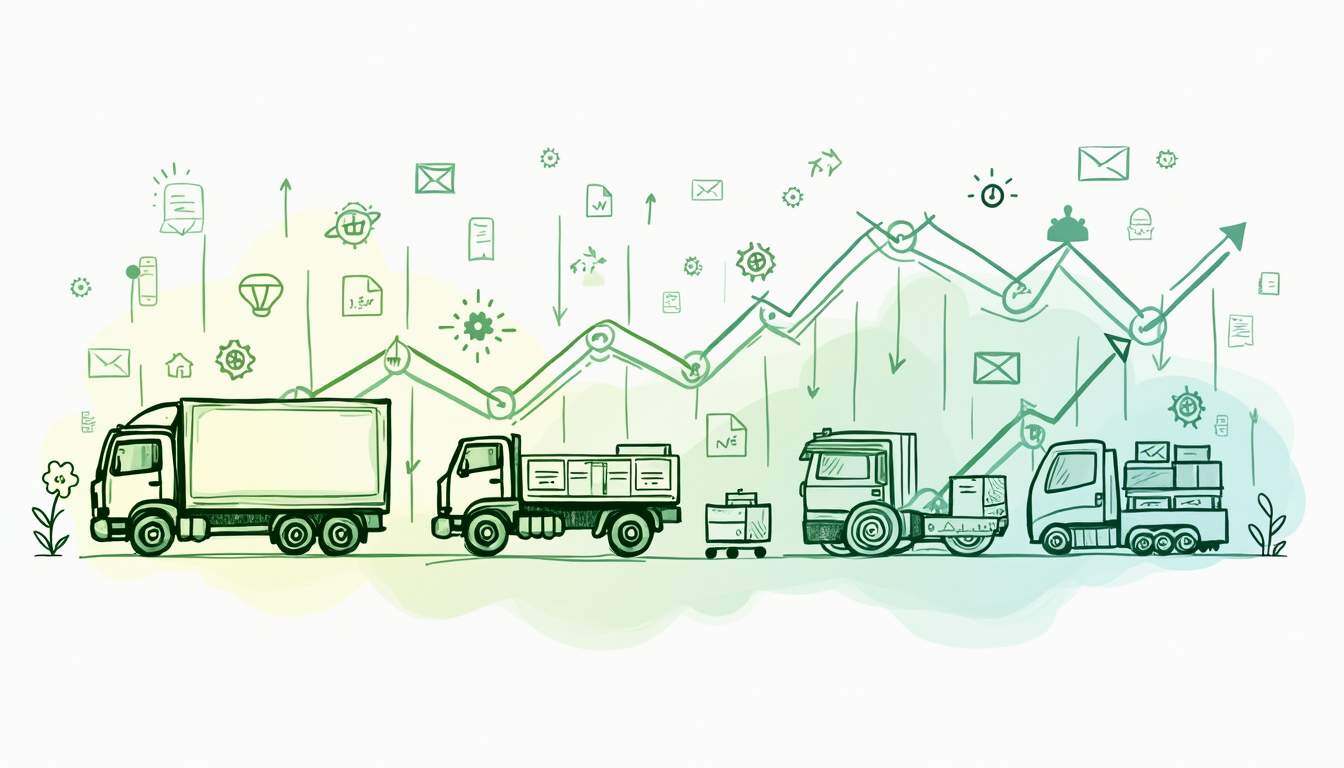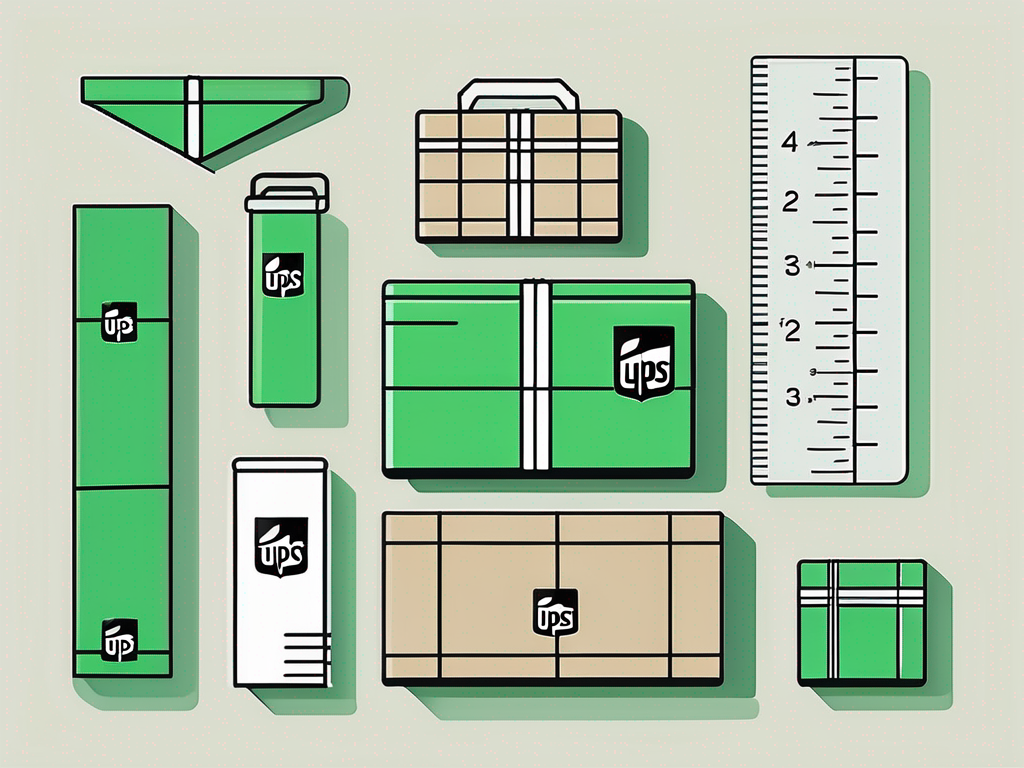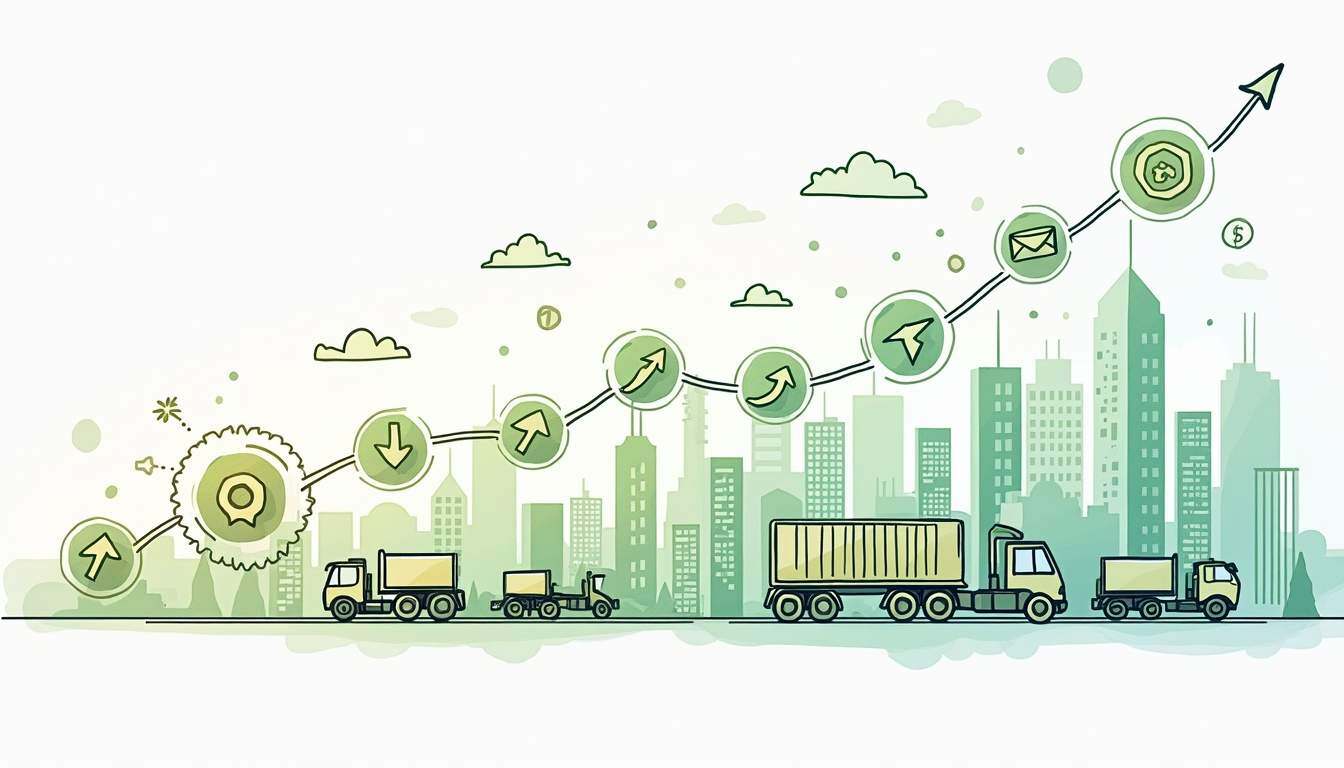Share this
Ecommerce Fulfillment Cost Optimization Strategies You May Have Missed
by Shipfusion Team on Mar. 24, 2025

Fulfillment costs can make or break an ecommerce business. While seamless order fulfillment enhances customer satisfaction, excessive costs can erode profit margins and limit growth potential. Understanding the different components of fulfillment costs can help you stay competitive while maintaining financial health. This article unpacks the factors behind ecommerce fulfillment cost optimization and provides strategies on how to unlock the benefits for yourself.
The Numbers Behind Ecommerce Fulfillment Cost Optimization
Fulfillment costs encompass all expenses related to storing, packing, and shipping products to customers. These costs vary depending on factors such as order volume, product size, carrier rates, and return rates. Carefully managing these expenses, is a straightforward way to reduce waste, improve efficiency, and maximize profitability.
Key Components of Fulfillment Costs
To effectively manage fulfillment expenses, businesses must understand the primary cost components:
1. Storage Fees
- Charged by warehouses or fulfillment centers based on the space occupied by inventory.
- Costs vary depending on storage duration, item dimensions, and warehouse location.
- Seasonal fluctuations can lead to surcharges during peak shopping periods.
Example
A company selling holiday decorations may face increased storage costs in Q3 and Q4 if inventory levels aren’t carefully managed.
2. Packing Costs
- Includes the cost of packaging materials such as boxes, bubble wrap, and tape.
- Also accounts for labor expenses related to picking, packing, and labeling orders.
- Custom-branded packaging can increase costs but enhance customer experience.
Example
A subscription box service may need high-quality, custom-designed packaging that adds to fulfillment expenses but strengthens brand identity.
3. Shipping Fees
- Typically the most significant fulfillment expense.
- Factors include delivery speed, package weight and dimensions, and shipping zones.
- Additional fees may apply for express shipping, international orders, or oversized packages.
Example
Shipping a lightweight product like a t-shirt will be cheaper than shipping a set of ceramic dinnerware due to weight differences.
4. Returns Processing
- Includes labor costs for inspecting and restocking returned items.
- Shipping fees for return labels may be absorbed by the business.
- High return rates can increase overall fulfillment expenses.
Example
An apparel brand offering free returns may experience higher fulfillment costs due to frequent size exchanges, requiring a streamlined returns process.
The Impact of Fulfillment Costs on Profit Margins
Every dollar spent on fulfillment eats into profit margins. Businesses with high operational costs may struggle to compete on price, limiting their ability to offer promotions or invest in growth.
For example, an ecommerce store with a 20% profit margin that spends 10% of revenue on fulfillment is left with a narrow margin for reinvestment. By reducing fulfillment costs by just 2-3%, businesses can improve profitability and create room for expansion.
Strategies for Fulfillment Cost Optimization
Lowering fulfillment costs without compromising customer satisfaction requires a balanced approach. Below are actionable strategies to enhance efficiency and minimize expenses.
1. Leverage Technology for Automation
Investing in technology reduces manual errors, improves order accuracy, and speeds up fulfillment. Consider the following solutions.
Warehouse Management Systems (WMS): Automates inventory tracking, reducing mispicks and improving order accuracy.
Order Management Systems (OMS): Consolidates orders from multiple sales channels, streamlining processing.
AI-Powered Robotics: In large warehouses, robotic picking systems reduce labor costs and increase speed.
2. Negotiate Better Shipping Rates with Carriers
Shipping fees can account for a major portion of fulfillment costs, making the strategies we list below incredibly valuable.
Volume-Based Discounts: Carriers often offer lower rates for businesses shipping high volumes.
Multi-Carrier Strategy: Comparing multiple carriers helps secure the best rates for different shipping zones.
Hybrid Services: Some carriers offer economy shipping options that combine multiple carriers for cost-effective deliveries.
3. Optimize Inventory Management to Reduce Storage Costs
Poor inventory management leads to excess storage costs and potential losses from unsold products. Key strategies include the following.
Just-in-Time (JIT) Inventory: Stocking only what is needed minimizes storage costs.
ABC Inventory Analysis: Classifying inventory into priority levels ensures the most valuable items are always available.
Dropshipping Model: Offloads fulfillment to suppliers, eliminating warehousing costs.
4. Reduce Packaging Costs Without Sacrificing Quality
Packaging affects both customer experience and shipping costs. Example: A business switching from bulky plastic fillers to biodegradable mailers can lower costs while appealing to eco-conscious customers. You can also try the strategies below.
Use Right-Sized Packaging: Avoid oversized boxes to lower dimensional weight charges.
Buy Packaging Materials In Bulk: Reduces per-unit costs.
Switch to Sustainable Packaging: Some eco-friendly materials qualify for carrier discounts.
5. Streamline Returns Management to Reduce Costs
Returns can be costly, but the following structured approach minimizes financial impact.
Offer Digital Returns Processing: Self-service return portals reduce customer service costs.
Refurbish and Resell Returns: Salvage products where possible instead of absorbing losses.
Analyze Return Patterns: Identify and address common product issues to reduce future returns.
Enhancing Customer Experience While Optimizing Costs
Cost savings shouldn’t come at the expense of customer satisfaction.
Here’s how to balance both:
1. Provide Transparent Shipping Options
Giving customers control over shipping choices can boost conversions in a number of ways. We've provided a few examples below.
Standard vs. Expedited Shipping: Let customers choose between affordability and speed.
Order Thresholds for Free Shipping: Encourages larger purchases to offset costs.
Real-Time Carrier Rates: Provides accurate pricing without inflating margins.
Example
A retailer offering free shipping on orders over $50 sees increased average order values.
2. Implement a Hassle-Free Returns Policy
A smooth returns management system builds trust and encourages repeat business. Best practices include the following.
Instant Refunds for Store Credit: Encourages repurchases while reducing refund costs.
Prepaid Return Labels: Streamlines the process for both customers and warehouse staff.
Flexible Return Windows: Longer return periods can lead to fewer returns, as customers hold onto products
Example
Zappos’ 365-day return policy fosters customer loyalty while maintaining low return abuse rates.
3. Offer Subscription-Based Fulfillment Benefits
Subscription models can offset fulfillment costs while enhancing customer experience. Try the following.
Membership Perks: Paid memberships (e.g., Amazon Prime) offer free shipping in exchange for a subscription fee.
Consolidated Shipping: Encourages customers to group orders, reducing packaging and shipping costs.
Example
A beauty brand offering a monthly subscription box benefits from predictable fulfillment costs and customer retention.
Shipfusion Facilitates Ecommerce Fulfillment Cost Optimization at Scale
Optimizing ecommerce fulfillment costs is a multifaceted challenge that requires a strategic approach. Remember, the goal is not just to cut costs but to create a sustainable fulfillment process that supports business growth and delivers exceptional customer experiences. With the right strategies in place, you can achieve both cost efficiency and customer satisfaction, setting your ecommerce business up for long-term success.
Take the first step towards a more efficient and cost-effective fulfillment process with Shipfusion. Our advanced inventory management and real-time reporting technology simplify scaling, even as your order volumes soar. With Shipfusion, you'll enjoy competitive shipping rates and a reliable fulfillment process that ensures every order is filled accurately and punctually.
Get pricing today and experience the difference that comes with partnering with the best in the business.
Share this
You May Also Like
These Related Articles

The Best Monthly eCommerce Subscription Boxes

UPS Package Measurements: A Complete Guide

What Does Scalable Order Fulfillment Mean? What Can It Mean for You?
- April 2025 (18)
- March 2025 (26)
- February 2025 (26)
- January 2025 (37)
- December 2024 (16)
- November 2024 (23)
- October 2024 (22)
- September 2024 (27)
- August 2024 (9)
- July 2024 (8)
- June 2024 (5)
- May 2024 (8)
- April 2024 (8)
- March 2024 (6)
- February 2024 (6)
- January 2024 (5)
- December 2023 (3)
- November 2023 (3)
- October 2023 (5)
- September 2023 (4)
- August 2023 (2)
- July 2023 (1)
- June 2023 (4)
- March 2023 (2)
- October 2022 (1)
- September 2022 (5)
- August 2022 (4)
- July 2022 (7)
- June 2022 (4)
- May 2022 (4)
- April 2022 (6)
- March 2022 (2)
- February 2022 (1)
- January 2022 (3)
- December 2021 (2)
- November 2021 (4)
- October 2021 (2)
- September 2021 (5)
- August 2021 (4)
- July 2021 (4)
- June 2021 (3)
- May 2021 (2)
- April 2021 (3)
- March 2021 (3)
- February 2021 (3)
- January 2021 (2)
- December 2020 (4)
- November 2020 (2)
- October 2020 (4)
- September 2020 (2)
- July 2020 (5)
- June 2020 (4)
- May 2020 (2)
- April 2020 (2)
- March 2020 (4)
- February 2020 (1)
- December 2019 (1)
- May 2018 (1)
- March 2018 (2)
- February 2018 (3)
- January 2018 (3)
- November 2017 (3)
- July 2017 (4)
- March 2017 (3)
- February 2017 (5)
- January 2017 (3)
- December 2016 (4)
- November 2016 (6)
- October 2016 (6)
- October 2015 (1)
- September 2015 (1)
- June 2015 (3)
- May 2015 (3)
- August 2014 (1)
- July 2014 (1)
- March 2014 (1)
- February 2014 (1)